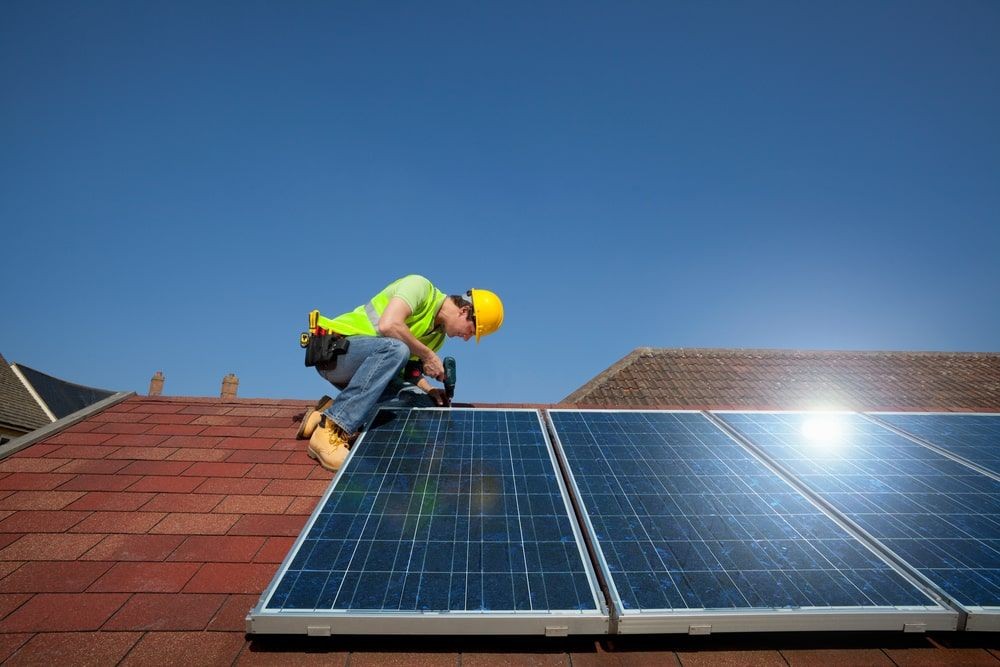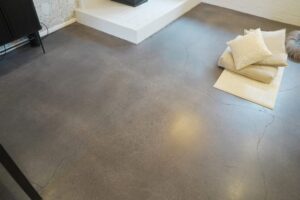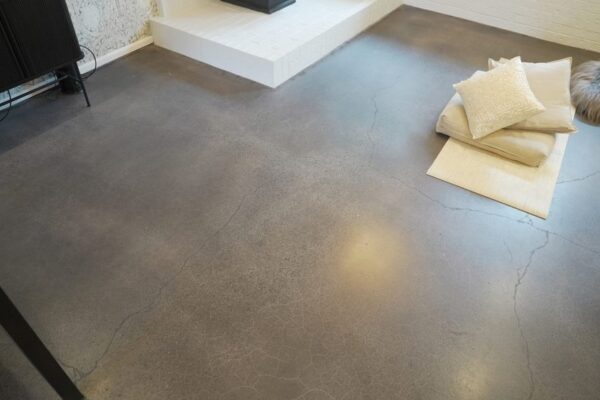For many home and business owners, summer is the time of year they most associate with the installation of solar panel systems, and with it being the sunniest season, it’s easy to understand why. However, while summer is perceived by many as being the best time of year to arrange for a solar installation, it may not actually be the optimal season.
Summer is without a doubt the best season to reap the full benefits of a solar panel system, with long daylight hours and, for some weeks of the year (depending on where you live), wall-to-wall sunshine. But, in terms of purchasing a system, having it designed, obtaining the relevant permits, and installing it on the roof (or on the ground if your roof isn’t suitable); the entire process could take some time. It might be approaching fall before it starts to generate electricity for your home or business; and as we all know, sunlight hours can be significantly shorter during this time of year.
So, when is the best time of year to buy and install a solar panel system from a solar company in Calgary?
Contrary to popular belief, late winter and early spring are the optimal times of year for solar installations, so that if you hurry, you could get yours up and running in time for the summer sun!
Still undecided as to when you should buy a solar system and have it installed to get the most out of your investment? Take a look at two key factors below—installation timeline and net metering—to help you make up your mind:
Installation timeline
It’s important to keep in mind that the installation process, from the proposal stage at the very beginning to the installation and set-up at the end, can take up to 3 months to complete. Should you choose to have your solar panels installed in the winter, this should ensure that the system is fully up and running by the time the warmer, sunnier weather comes along. But, depending on the severity of winter and how long it lasts, you could still have a system that’s not generating much power until spring arrives. If the weather has been particularly bad, it could even prevent the installers from erecting the panels safely.
With this in mind, it would make a lot more sense for the proposal to be made and accepted in the fall, with installation in the spring, perhaps in April or May. A spring installation could see you paying nothing on your electricity bills from April through November, with plenty of credits saved up for use during the winter, when sunlight is scarcer.
Net metering
With net metering, any excess solar power your system generates is fed back into the grid and credited to your account. This offsets your electricity usage when solar production is limited, such as in the winter or just on duller, less sunny days. By earning credits with your surplus energy in the summer, you can offset the higher costs in the winter. This gives you a greater return on your investment, drastically reduces your bills year-round, and could even lead to your energy bills in the summer hitting a big, fat zero.
As solar installers in Calgary will tell you, once you understand more about installation timelines, net metering, and peak sun hours, you can plan your solar panel installation more strategically to guarantee efficiency and long-term benefits.









